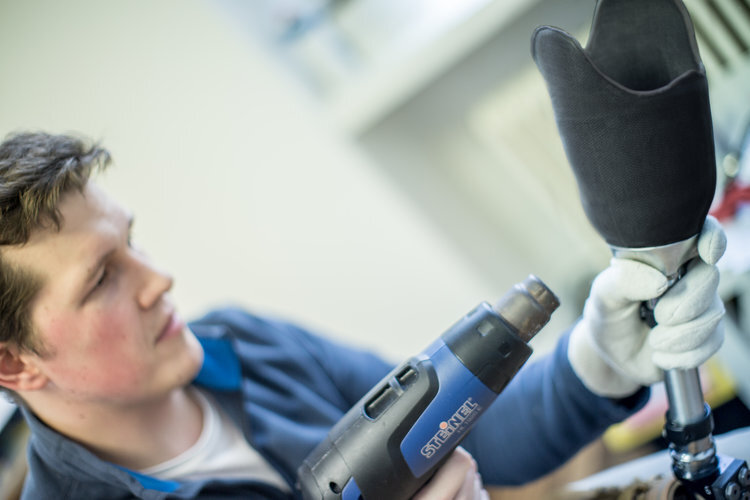We're observing an ongoing trend of market consolidation within the prosthetics and orthotics industry.
While large-scale mergers and acquisitions are often lauded for creating efficiencies and expanding reach, it's crucial to examine their deeper implications, especially in a market so sensitive and vital for improving end-users’ lives.
By Alan Hutchison CEO @ ProsFit; CCO @ STRYDE Global
The Current Reality: A Market of Haves and Have-Nots
The statistics are already stark and sobering …
- A mere ~20% of the world's amputees currently have access to prosthetic care. This means hundreds of millions are living without the mobility and independence that a prosthetic device can provide.
- Even among those who do receive a prosthetic, up to 50% ultimately abandon their device. This abandonment is often due to discomfort, poor fit, lack of follow-up care, or the prohibitive cost of maintenance and replacement.
According to conventional wisdom, consolidation, by reducing competition, can lead to higher prices, diminished service flexibility, and a narrowed focus on high-margin, technologically advanced solutions primarily aimed at well-reimbursed markets.
This industry development risks reinforcing a dynamic where the "few are addressed at the expense of the many," making it even less likely for the massive unaddressed population to ever receive life-changing care.
While incumbents battle for share in already addressed, developed markets, this trend could inadvertently exacerbate existing inequalities, leaving the vast majority of amputees underserved.
The Unseen Opportunity: A Portfolio of Innovators for the Unserved
However, within this challenging landscape lies a profound opportunity for forward-thinking players and investors.
While the reduced number of incumbents may be intensely competing within existing, developed segments, there's a largely untouched market waiting to be served. This isn't just about low-resource countries; it includes underserved populations even within developed nations who face barriers to access.
The right new entrant, or even a visionary investor, could strategically build a "portfolio of innovators" – a collection of agile, specialized companies focused on developing and delivering affordable, user-centric, and context-appropriate prosthetic solutions for these unaddressed markets.
Such innovators are already building and proving solutions that would improve lives, including:
- Cost-effective materials and manufacturing: Leveraging advancements like 3D printing and modular designs.
- Scalable service models: Implementing telehealth, mobile clinics, and local training programs.
- Solutions tailored for diverse environments: Addressing needs beyond the conventional clinical setting.
- Community-based rehabilitation: Ensuring ongoing support to reduce abandonment rates.
The existing incumbents, deeply entrenched in their current business models and high-cost R&D for premium products, would likely struggle to react quickly or effectively to such a disruptive, inclusive approach. This provides a unique window for new players and investors dedicated to genuinely expanding access and changing lives on a global scale.
A Call to Action:
The prosthetics market is not just a commercial arena; it's a social imperative. As consolidation reshapes the industry, let's ensure it doesn't inadvertently widen the gap for those most in need.
Instead, let's explore how strategic investment and truly innovative business models can turn the challenge of market concentration into an unprecedented opportunity to serve the world's unaddressed amputee population.
What are your thoughts on this perspective? How can we collectively foster innovation that prioritizes accessibility and empowers every amputee, regardless of their socioeconomic context?
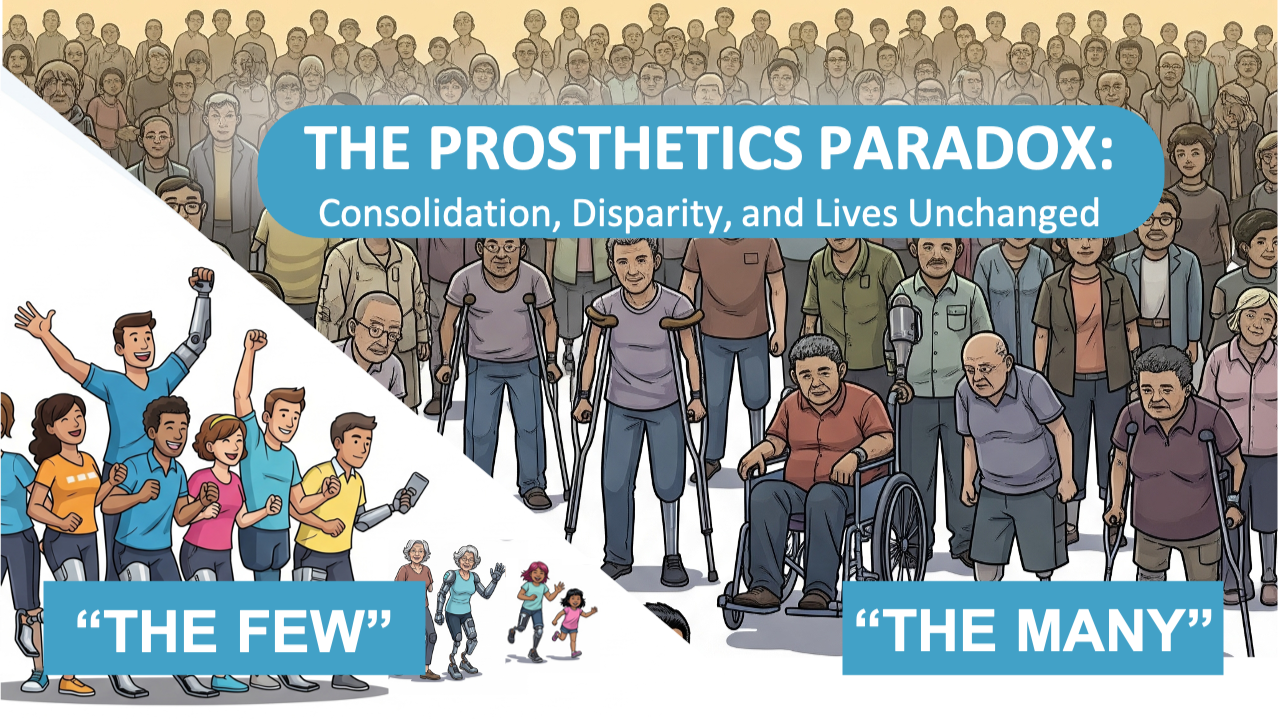

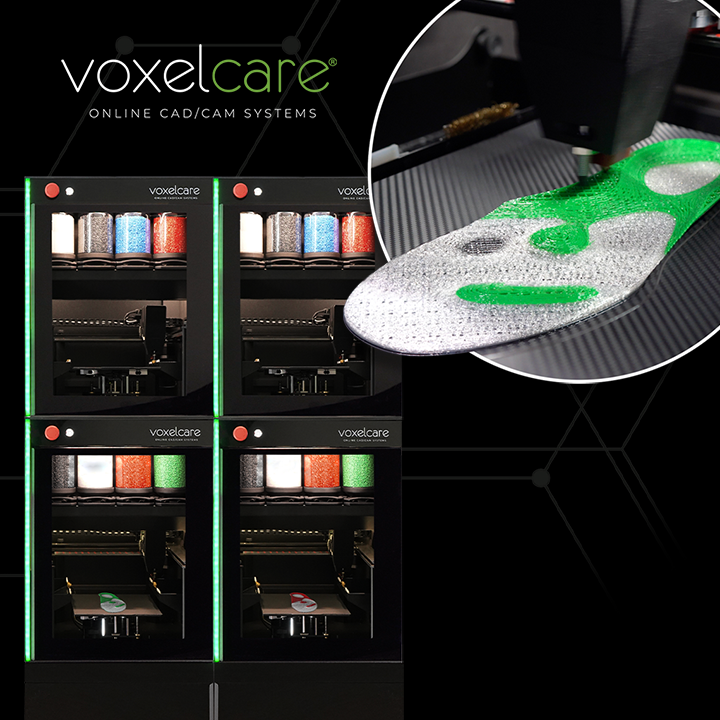
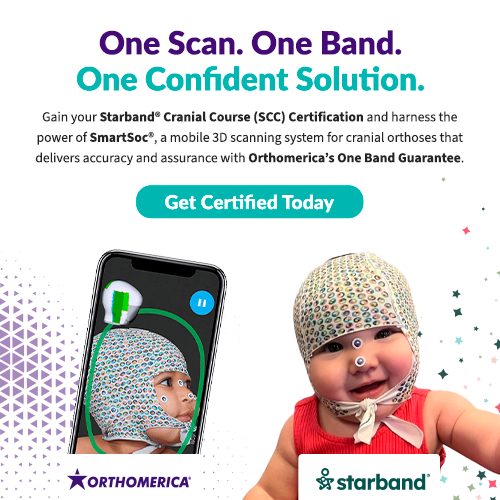
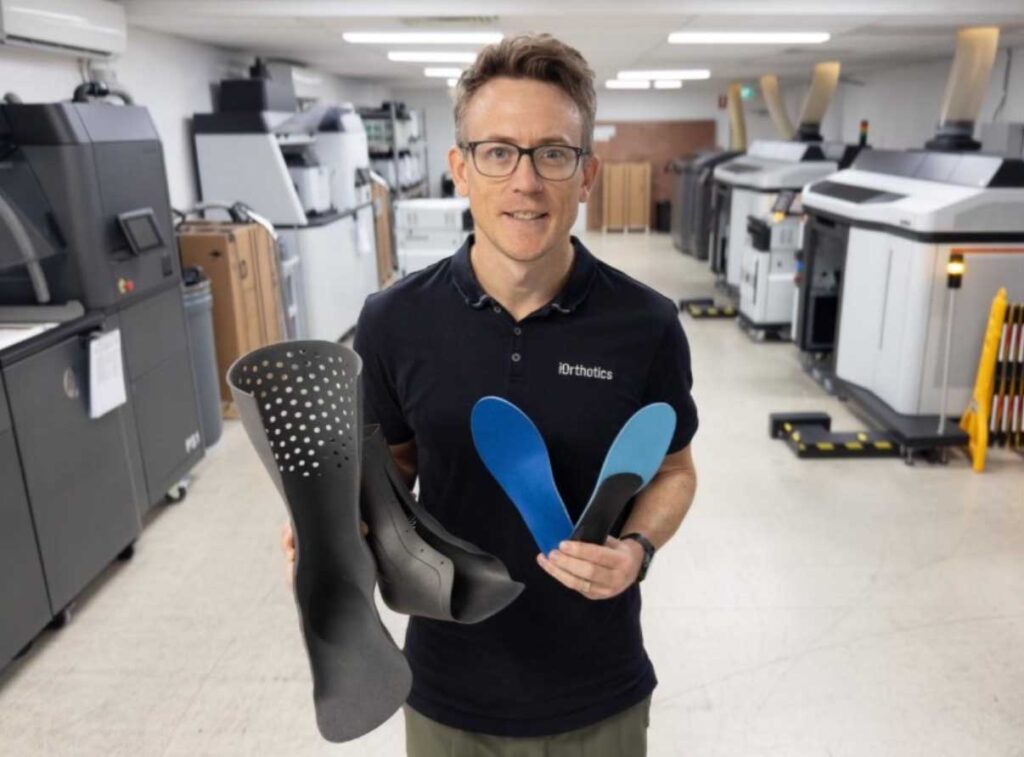


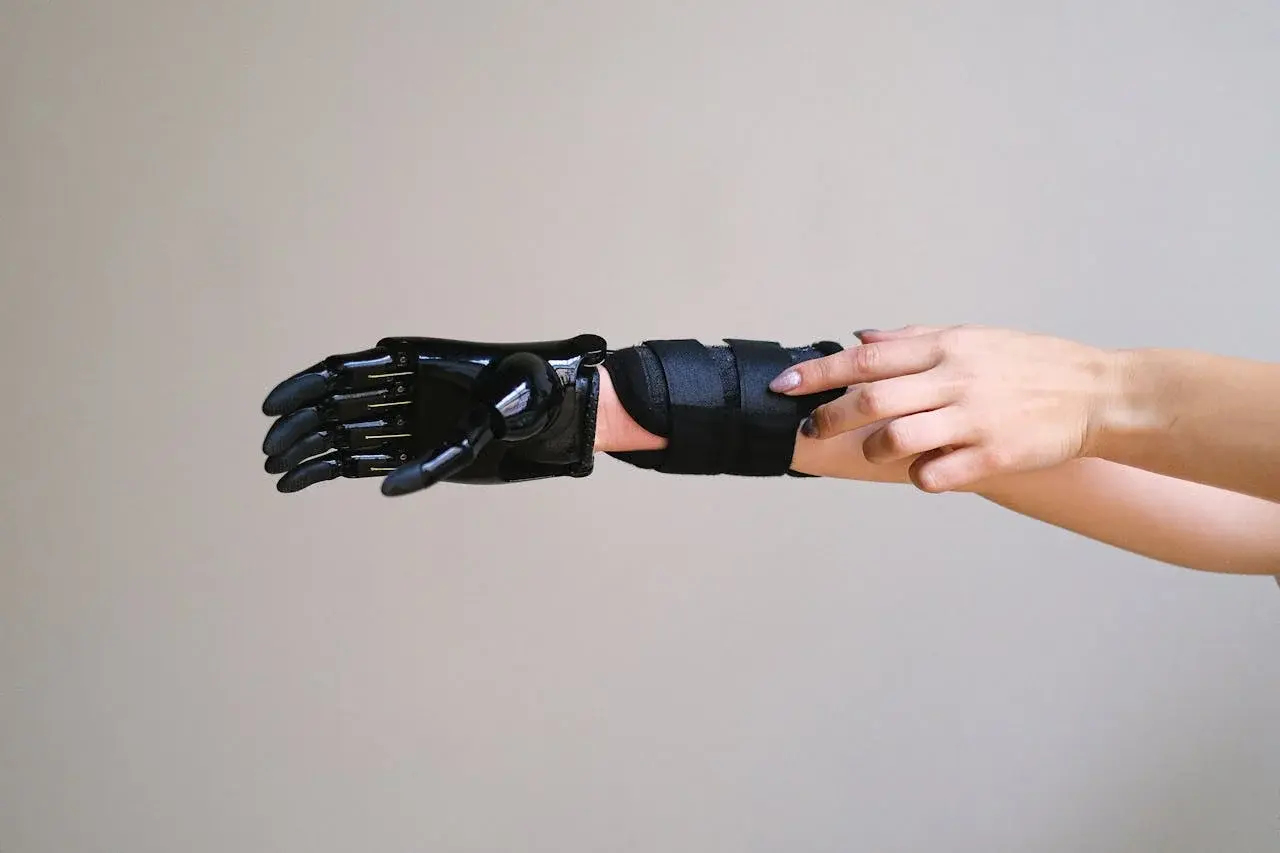
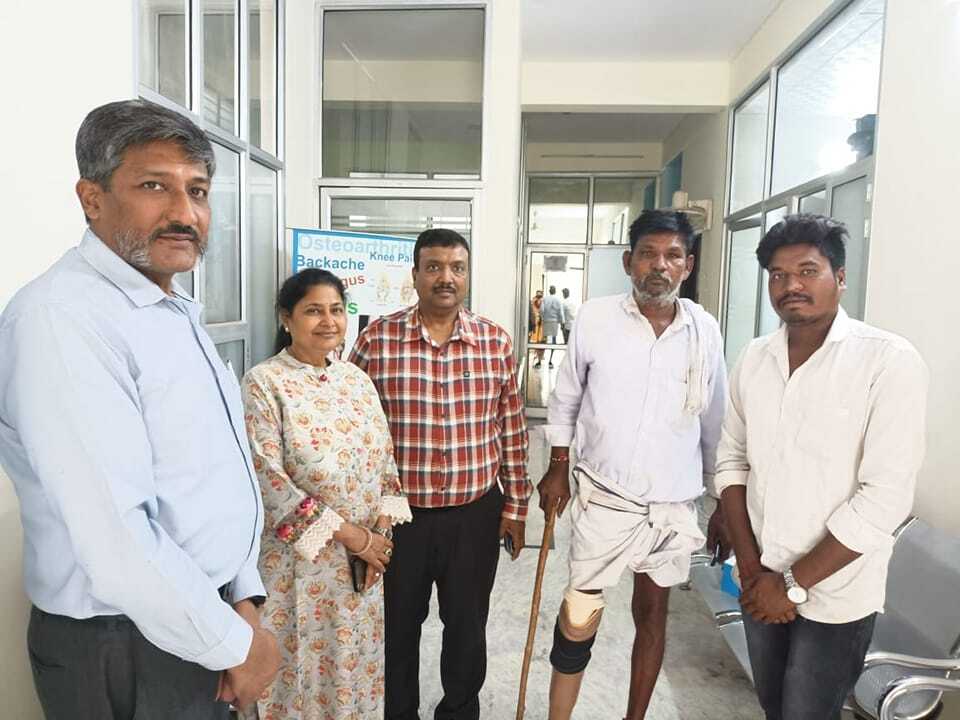


-1.png)


